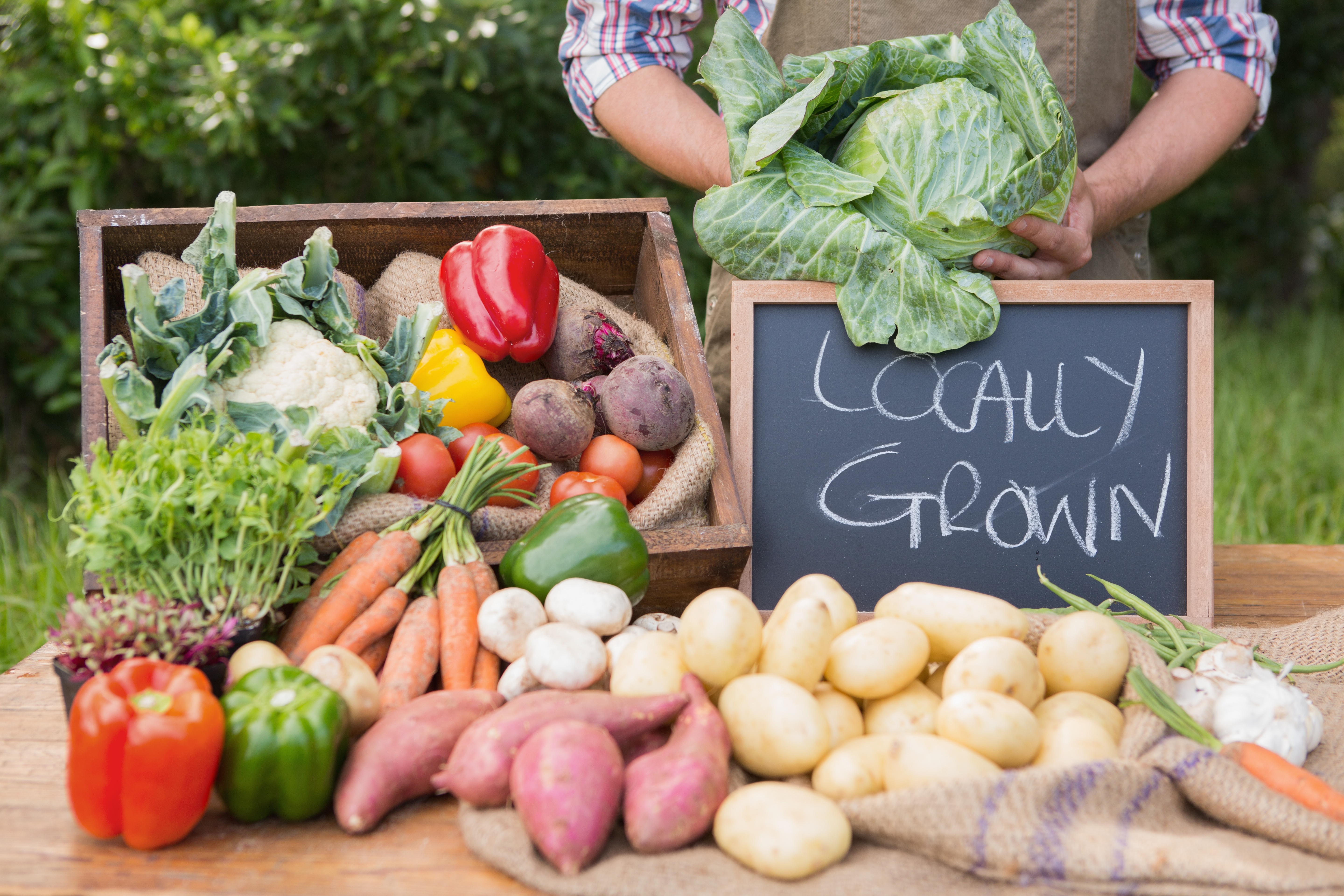The one thing to remember when making any changes to be more sustainable is that even small steps can lead to meaningful change. So, when making your kitchen more eco-friendly, you can incorporate these tips and tricks at your own pace.
Friend a Farmer:
A great way to make the transition to a sustainably minded home cook is to shop at one of the nearly 8,700 farmers markets around the US. Locally produced food at its seasonal best is unequaled for taste and nutrition.
Optimize Grains:
Oats already have a low carbon footprint, and overnight oats get a sustainability bump as the tasty breakfast require no heat.
Choose Seafood Wisely
Check out the Seafood Watch app. The Monterey Bay Aquarium app’s simply red, yellow and green rating system makes it easy to shop for sustainable seafood.
Frozen Fruits
You can always find great deals in the freezer aisles. Often, we stock up on too much ripe seasonal fruit that goes to waste. So, a good option is to check out what’s on sale and have frozen fruits ready for recipes all year long. As they are picked and frozen at peak ripeness you’ll still get all the nutritional benefits.
Grow Your Own
You can’t get much more sustainable than growing your own. If you don’t have a garden or the time, you can begin with pots of herbs, tomatoes, and peppers. There is nothing like snipping fresh herbs for your recipes.
Opt for Grass Fed:
Look for producers who embrace adaptive multi-paddock grazing – meaning that cattle graze closer together for shorter periods of time, allowing grass and soil to regenerate. Or buy beef or bison at the supermarket labeled “American Grassfed”.
Choose Mussels
Rated “Best Choice” by Seafood Watch, mussels not only filter the water they are grown in, helping keep it clean, they don’t require any added feed to grow.
Eat the Leftovers
When did leftovers get a bad rap? Growing up, Sunday roast leftovers were a staple Monday night meal! The National Resources Defense Council did a little peek into trash cans in Denver, Nashville, and New York and found that two-thirds of discarded food items could have been eaten. Coffee, milk, apples, bread, potatoes, and pasta topped the list.
Go for Quality over Quantity
We love cheese, but it does have a hefty environmental footprint. It’s third on the list of highest emissions behind beef and lamb. For every pound of cheese eaten, about 13 and a half pounds of carbon dioxide is emitted. So, make cheese a special occasion food and indulge in a really good artisan cheese.
Sell-by-Dates
Did you know that Sell-by-Dates is more of a suggestion based on the manufacturer’s concerns over food freshness? Sell by, best by, use by, best-if-used-before are very confusing because they don’t have a legal definition. Before tossing out food based on the label alone, take a closer look. Except for infant formula, if the date passes during home storage, a product should still be safe unless you can see spoilage says the USDA,
Reusable Bags
This really is a no-brainer…get with the reusable bag program, it’s such a simple step in helping reduce the 8 million tons of plastic waste that reach our oceans each year.
The Last Straw
And, while you are at it, ditch the plastic straws. They are routinely one of the top 10 items collected in beach cleanups, and they are harming aquatic life. There are some great sustainable options out there that work just as well, so give them up!
 Food
Food Farmers
Farmers Sustainable Living
Sustainable Living Living Planet
Living Planet News
News